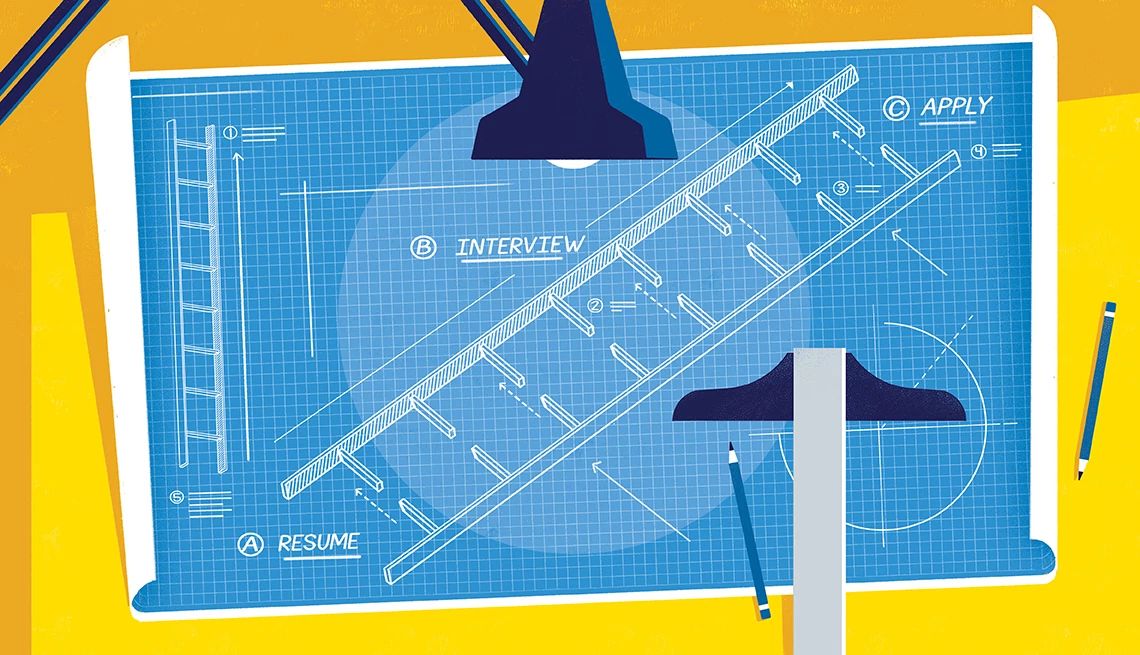AARP Hearing Center
Bob's Own Words: Defining the Age Friendly Program Cycle
Bob Lovinger is a retired journalist and grant writer turned AARP Volunteer. He is resident of Bristol County. He's part of a group of AARP Volunteers who are comitted to making Massachusetts more livable for people of all ages. He writes a monthly column about the Age-Friendly movement in the Bay State
One day you look around town and think: We could do better by our older residents. When it comes to things like transportation, housing, traffic lights and opportunities to socialize, we have work to do.
You mention it to someone and they tell you AARP has something called an “age friendly network” that helps communities tackle the very issues yours needs to address.
So, what does it take to join the network? Among other things: time, commitment and compassion. And, of course, it takes a village.
Any municipality in the state can apply to join. Once it does, residents and town officials commit to a five-year journey whose destination is what the hard-working folks here at AARP like to call a more “livable community.”
The official name of the road to success is the Age Friendly Program Cycle. The application and lots more information can be found at www.aarp.org/agefriendly. By the way, the application must be accompanied by a letter of commitment signed by the town’s highest elected official.
Once the community is enrolled …
Year One is devoted to answering the question: What do we need to do? A key component in this “community needs assessment” is making sure older residents are at the heart of the process, providing critical input throughout. Building a coalition of other stakeholders – businesses, health care facilities, government and social service agencies, other non-profits, etc. – is also vital.
In Year Two, it’s time to develop an action plan. The plan details goals and how they’ll be met. It also outlines how the town will track progress and measure success. If AARP approves the plan, membership in the network is extended for three more years.
Years Three to Five are where the rubber meets the crosswalk. The municipality begins to implement the plan, staying flexible in case adjustments are needed. During this time, the town is continuously evaluating the work, providing updates to partners and residents, and sharing best practices with other communities in the network.
(Note: There is flexibility in the cycle. Some communities, for example, do the needs assessment before enrolling and then use Year One to develop their action plan.)
Throughout, communities have a partner in AARP Massachusetts. AARP offers resources, support and education to network members on a whole bunch of topics critical to making theirs a livable community.
Among the lasting benefits that come from going through the program cycle is an enhanced connection between community leaders and the residents they serve: Once people start listening to each other, it can become a habit. And partnership can be contagious. In addition, investing in projects that improve quality of life for older residents often makes things better for everyone. When you make it safer for older people to cross the street, for example, you’ve made it safer for kids, too.
Age-friendly network members have access to a portal offering a “toolbox” of AARP resources, as well as connection with municipal members nationwide.
Beyond the network, AARP is also working with the state on age friendliness. Head here – https://www.mass.gov/info-details/age-and-dementia-friendly-massachusetts-action-plan-refresh – to see what Massachusetts is up to.
Membership in the network is free. And while there’s no direct financial incentive to join, communities can use their membership to help leverage backing from the state and other funders. In addition, network membership may help cities and towns applying for an AARP community challenge grant. (AARP awarded nearly $4 million in grants nationwide this year, including $126,000 in Massachusetts.)
- Bob Lovinger

































































